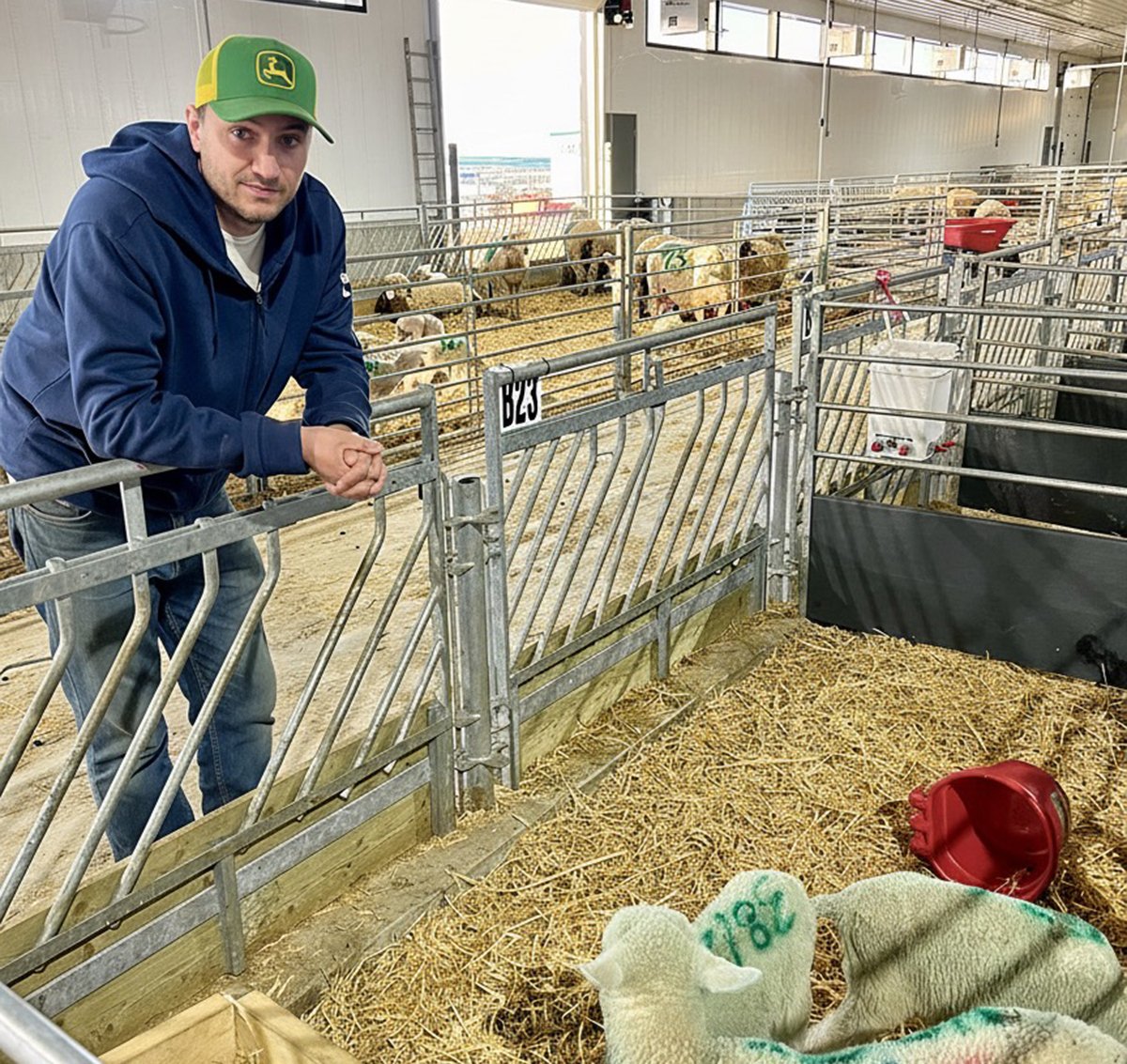Texas’s first anthrax case of the year killed 17 cattle July 13.
Heavy rain this year followed by dry conditions left state officials wondering when, rather than if, anthrax would appear there.
Steve Sturtz of the Tom Green County Extension Office said the area had ideal conditions for an outbreak.
“We like it when it rains in Texas; it doesn’t always do that,” he said.
“But in areas where anthrax is around, it means we’re likely going to get it. Lots of local ranchers vaccinate. It’s relatively cheap and if you think you might have a problem, it’s a good investment.”
Read Also

Solar, sheep provide valuable farm diversification
Eric Steeves says raising sheep on forages grown under solar panels provided economic stability and perhaps even saved his family’s fifth generation southern Alberta grain farm.
Bob Hillman, head of the Texas Animal Health Commission, said wet soil makes the anthrax available to cattle.
“We like to get the word out to our producers that it is around and they need to consider their circumstances and whether they should be vaccinating,” he said.
Anthrax has also been reported in South Dakota and Minnesota this year.
It has also surfaced in Canada.
A cow died of anthrax in early June on a southwestern Manitoba farm that had reported the disease last year. It was Manitoba’s first case of the season.
In Saskatchewan a cow also died in June, within five kilometres of the Alberta border near the Saskatchewan town of Neilburg. In February two cows died of the disease on farms near Melfort and Prince Albert, Sask., after animals ate hay that contained soil contaminated with the spores.
In 2006 anthrax killed 148 animals in Manitoba, 804 in Saskatchewan and eight in Alberta.
The Canadian Food Inspection Agency suggests producers consult with their veterinarians on whether vaccination is necessary.
Chris Clark of the Western College of Veterinary Medicine in Saskatoon advised producers to look for pooled water and areas of saturated soil that have dried up after flooding. Producers in the southern Prairies where drought is a problem should look at restricting access to areas that are drying up.
“If water has been there, then you have to think it’s possible that anthrax has, too,” he said.
“But to get local perspective, talk to your vet. He or she will have local knowledge to assist in making the call whether to vaccinate.”














